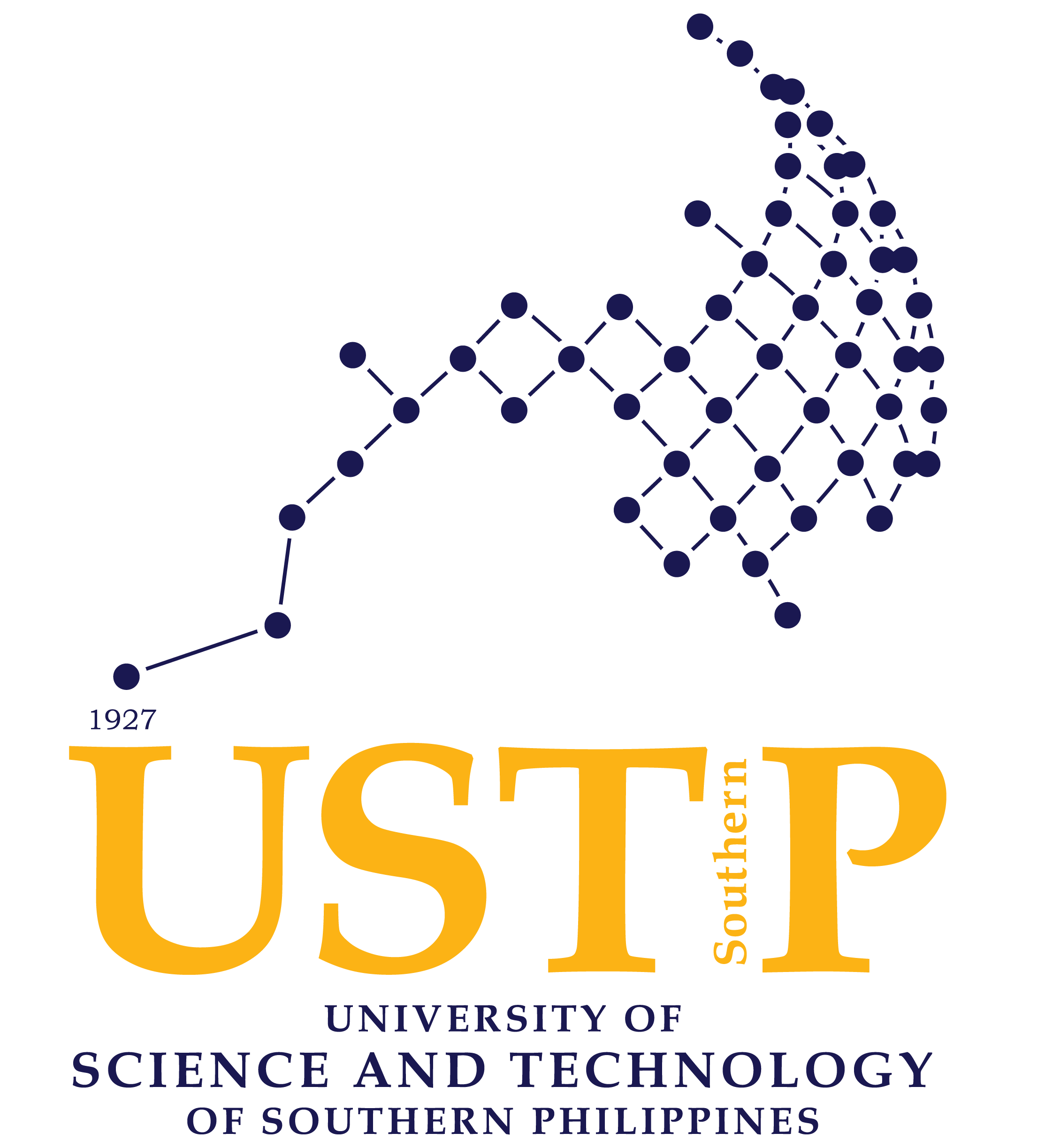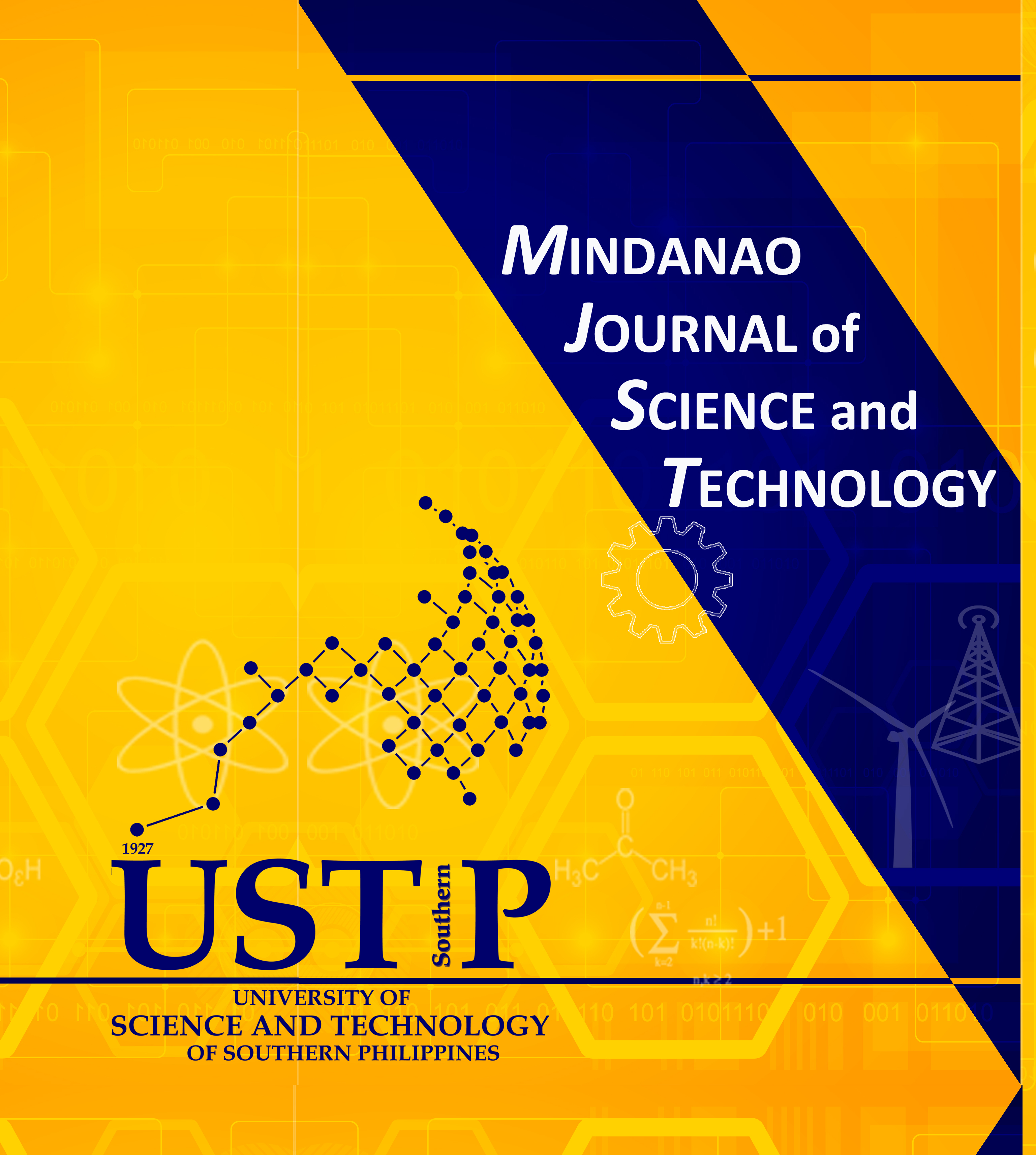In silico elucidation of antidiabetic activity and ADMET evaluation of bitter melon (Momordica charantia L.) bioactive compounds targeting peroxisome proliferator activated receptor gamma
DOI:
https://doi.org/10.61310/mjst.v23i1.2384Keywords:
bitter melon, disease, in silico, PPARG, T2DMAbstract
Bitter melon (Momordica charantia), a tropical and subtropical vine, has been extensively studied for its bioactive compounds and their potential therapeutic benefits. The present study evaluate the molecular docking results, drug-like characteristics, and pharmacokinetic properties of cucurbitanes, karounidiols, and momordicin derived from bitter melon. The aim was to assess their potential in treating type 2 diabetes mellitus (T2DM) by comparing them with a well-established drug control and conducting an ADMET assessment. The study employed molecular docking analysis to evaluate the binding affinity and binding site characteristics of the identified compounds with the PPARG protein. Furthermore, a comprehensive ADMET assessment was conducted to evaluate the absorption, distribution, metabolism, excretion, and toxicity profiles of the compounds. The results indicates that all tested compounds exhibit higher affinity and a comparable binding site with the PPARG protein compared to pioglitazone. Moreover, the favorable ADMET profiles and minimal potential for acute toxicity indicate the suitability of these compounds for further therapeutic development. However, further research is required to confirm the degree of agonist properties and validate their therapeutic potential comprehensively.










